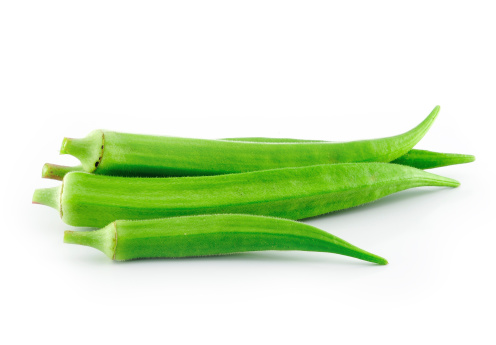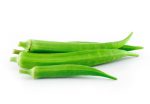
Are you bored of eating the same fruits and vegetables day after day? Looking to try something new? The following foods are bursting with nutritional benefits and are loaded with minerals and vitamins. They are very versatile for many delectable dishes and can easily be found in your local grocery stores.
List of Some Uncommon Foods & How You Should Eat Them
1. Kumquat
The kumquat is similar to the orange; however, it is much smaller and more oval in shape. Kumquats are rich in vitamin C and fiber. It can be eaten raw or try boiling it for about 20 minutes to soften the skin before eating. Choose ones that are firm and free of bruises.
You can eat the soft skin and it can even be sweeter than the fruit inside. Kumquats are a great addition to salads, especially salads with bitter tasting greens as they complement them with their sweeter taste. They can also complement many meat dishes as a part of a sauce or you can dip them in chocolate for a tasty treat. They stay fresh for five to six days on the counter or for two to three weeks in the fridge.
2. Okra
Okra is most commonly used in the popular dish gumbo. It is rich in many nutrients including fiber, vitamin C, folate, calcium, and potassium, and it’s also full of antioxidants.
Okra leaves are commonly used as a thickener for soups or chopped and added to stir fries. The leaves can be cooked similar to how dandelions are and the seeds have been used as a substitute for coffee. Okra has similar properties to the eggplant and therefore is sometimes substituted for it.
3. Persimmon
Persimmons are the national fruit of Japan and have grown to be well-liked around the world. They appear similar to a tomato but with a bright orange color and their taste are sweet and delicious. They are a source of fiber, vitamin A, and potassium.
They can be easily enjoyed as a fresh snack, with or without the skin, or incorporated into salads, rice dishes, sauces, jams, or purées. Choose ones that are firm and free of any markings or bruises. They only keep for a few days or can be frozen fresh and then enjoyed as a sherbet once partially thawed.
4. Swiss Chard
This leafy green is considered a “superfood” since it is very rich in vitamins A and K, with less than 35 calories per cup. It contains an abundance of carotenoids that help prevent macular degeneration. Swiss chard can be easily prepared, either by sautéing it with a bit of garlic, lemon juice, and olive oil or incorporating it into a salad.
I also like to wrap a fresh piece of salmon in Swiss chard—it keeps the fish tender and moist. To do so, sprinkle the fish with a little bit of oil, lemon juice, garlic, and salt and pepper to taste, and broil it in the oven for 15-20 minutes.
5. Guava
Guava is a tropical fruit bursting with nutrients. It is full of fiber, vitamin C, folate, and some other B-vitamins as well as being rich in antioxidants.
Its high content of pectin makes it a great component of jams, jellies, candies, preserves, and marmalades. It is typically eaten raw, with skin and all, just like an apple. It can be used in salads or consumed as a juice.
6. Endives
These are usually found along other leafy greens in your local supermarket. They are often overlooked but shouldn’t be, as they are a great source of vitamins A and K, folate, and fiber! They are a great addition to a salad or can be used in many recipes.
7. Watercress
In just 10 sprigs, these have enough vitamin A and over half of the recommended intake of vitamin K to meet your daily needs, with less than five calories.
Watercress are rich in antioxidants, which help fight against heart disease and cancer. They can be used in salads, sandwiches, soups, sauces or to add that finishing touch and used as a garnish.
8. Starfruit
This sweet tropical fruit is bursting with flavor with its crunchy and juicy texture, similar to that of a grape. Choose ones that are bright in color or slightly green, as they will ripen within a couple days. Once they start to brown they tend to get bland and soggy.
These fruit can be consumed raw, incorporated into salads or cooked and added to sauces. One fruit only contains about 30 calories, some fiber and is low in sugar content (which does not increase as it ripens). It contains potassium, vitamins A and C. It is also rich in many antioxidants. Do watch out, though, as it is high in oxalic acids which can be harmful to those prone to kidney stones and kidney failure.
Instead of eating the same fruits and vegetables every day, branch out and try these eight uncommon healthy foods to your next meal!
Sources:
Chang, J.M., et al., “Fatal outcome after ingestion of star fruit (Averrhoa carambola) in uremic patients,” American Journal of Kidney Diseases: The Official Journal of the National Kidney Foundation 2000; 35:189-193.
United States Department of Agriculture, “USDA National Nutrient Database,” Agricultural Research Service, December 7, 2011; http://ndb.nal.usda.gov/ndb/search/list, last accessed July 10, 2013.













